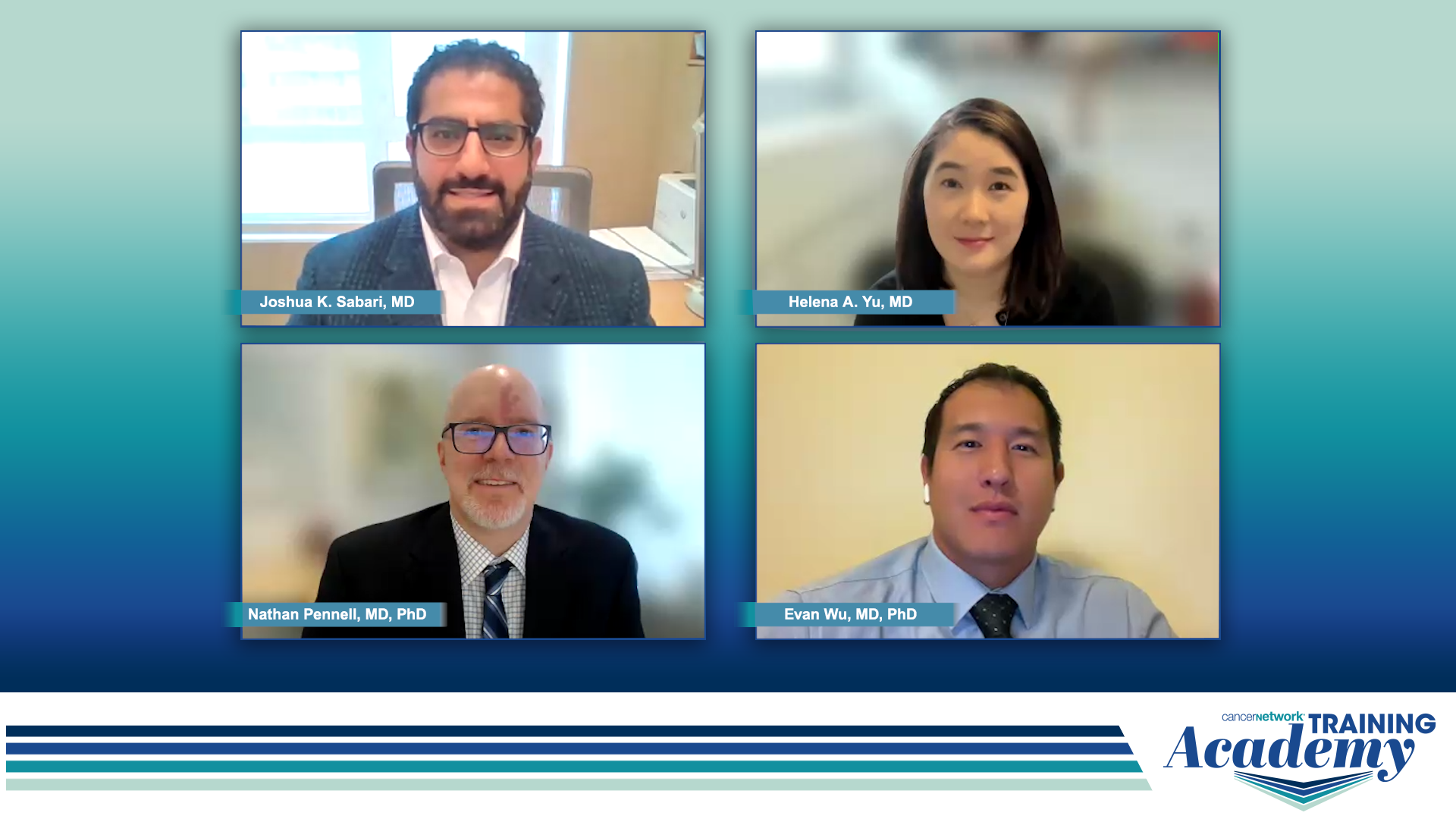Experts Explore Criteria for Lung Cancer Screening Exams
NEW YORK-Researchers outlined some elements of the scaffolding needed to build a rational lung cancer screening policy at the 4th International Conference on Screening for Lung Cancer. Screening for lung cancer has become an important issue with the development of newer screening tools, such as low-dose spiral CT scans, that may permit diagnosis at an early, treatable stage.
NEW YORKResearchers outlined some elements of the scaffolding needed to build a rational lung cancer screening policy at the 4th International Conference on Screening for Lung Cancer. Screening for lung cancer has become an important issue with the development of newer screening tools, such as low-dose spiral CT scans, that may permit diagnosis at an early, treatable stage.
Policy decisions about screening "can’t be made without science," said Robert A. Smith, PhD, director, Cancer Screening, American Cancer Society. Policy makers will expect answers to a number of questions, he noted.
They are going to want to know the age and tobacco exposure history criteria for offering screening, he said. "Who do we offer this test to? What screening interval is recommended? Will intervals differ by age, screening results, and other criteria?" he said. "They will want to know if these intervals are cost-effective, if there is a threshold of years of potential life saved that renders screening no longer a good buy for an individual or society."
A successful screening program requires participation by a target population, Dr. Smith said. "We want to screen current and former smokers," he said. "It is absolutely critical that we figure out a way to define that population so they are easily distinguished from the rest of the population."
Incident Rates
David M. Burns, MD, of the University of California, San Diego, noted that "we have lung cancer death rates, but, for purposes of determining which people to screen, we’re really interested in an estimation of the incident rates."
The incidence of detectable lung cancer in the US population, he noted, "goes up fairly steeply with age, beginning at age 50." He considers age and duration of smoking, rather than number of cigarettes smoked per day, as the most important factors for deciding when to start lung cancer screening.
Duration of smoking, he noted, is "the critical, powerful determinant in predicting the frequency of lung cancer in the population." The age of a smoker is "not a bad surrogate" for smoking duration, he added, because the practice usually begins in adolescence.
As for the decline in risk in former smokers, he said that the decline is only in relation to those who continue to smoke. "The risk in smokers who quit moves from that of a current smoker to slightly above that of someone who has never smoked. You don’t ever get back to the risk of the never-smoker," he said. Among former smokers, duration of smoking will determine the age at which they should begin lung cancer screening.
Risk modifiers such as abnormal lung function studies, urban/rural residence, occupation (especially asbestos exposure), race, diet, socioeconomic status, and genetics, Dr. Burns said, may influence the decision to screen some individuals before age 50.
His analyses, however, suggest that smoking is the major culprit in any group with an elevated lung cancer incidence, however defined. "By and large, the disease occurs in the smoking segment of that group rather than in the nonsmoking segment," he said.
Wendy Max, PhD, co-director of the Institute for Health & Aging, University of California, San Francisco, highlighted another potential criterion for optimizing the age at which to begin lung cancer screeningpotential years of life saved.
Her analyses of years of life saved by screening for lung cancer in men show that the greatest benefit occurs in the 50- to 54-year-old age group for both current and former smokers.
Increments in years of life saved, she noted, increased in her analyses as she moved the criterion for screening down in 5-year increments from 70 to 74 years to 50 to 54 years, and then decreased as younger groups were added. "While incidence and death rates increase with age, the years of potential life saved decrease with age," Dr. Max noted. "I’m not sure what the right cutoff is, but if you want to get the greatest increment in years of life saved, it would be age 50 to 54 years for males." She did not present data on females.
Cost-effectiveness should also be considered, Dr. Max advised. "You have to look at the cost of adding each additional age group that you want to screen," she said. This includes not only the cost of screening but also the cost of rescreening, of false positives and false negatives, and of treatment.
Newsletter
Stay up to date on recent advances in the multidisciplinary approach to cancer.




